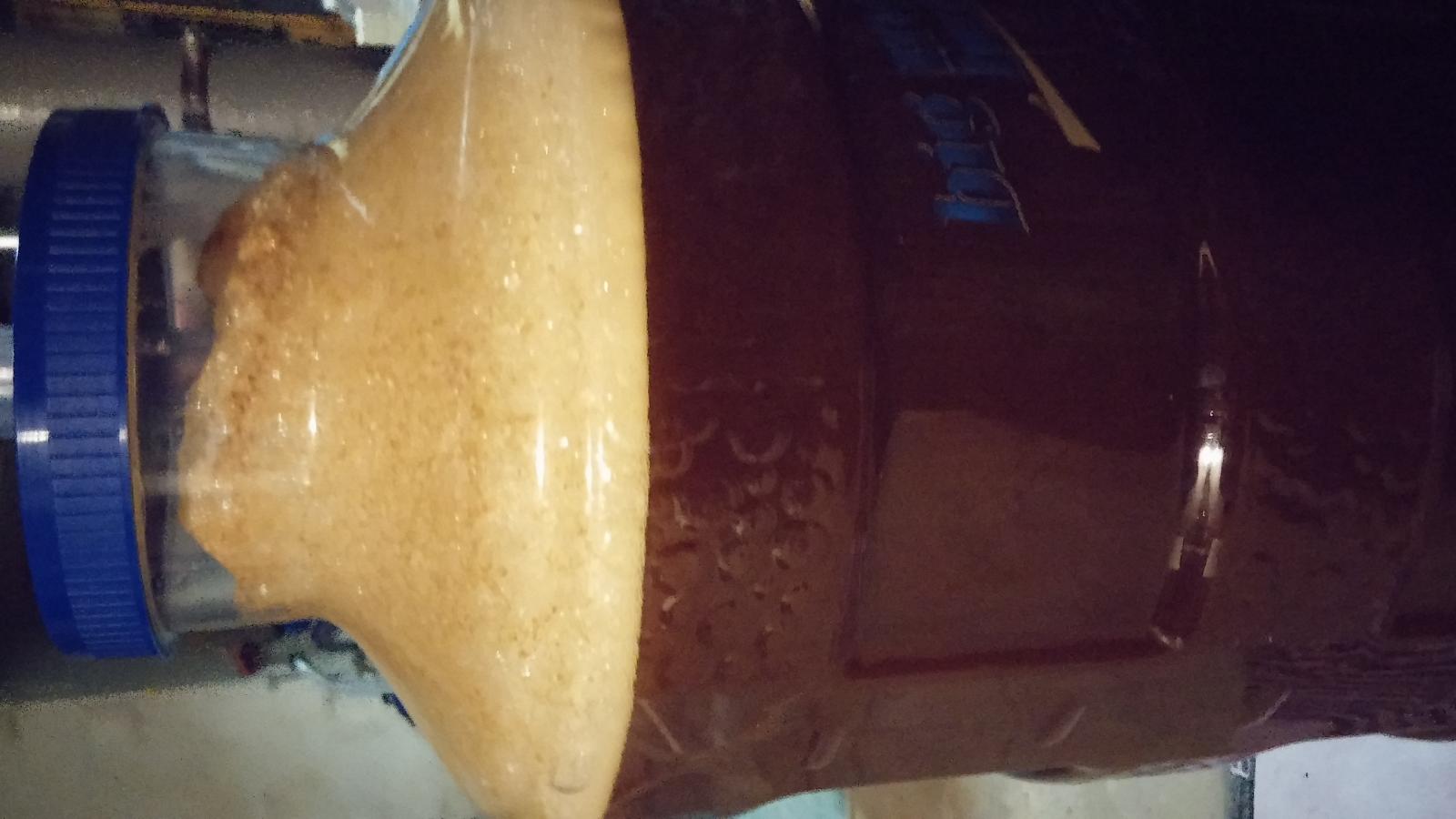mgregg
Well-Known Member
I started brewing last summer and have made about 10 brews so far with 3 being excellent, 3 being ok, 2 being drinkable and 2 going down the drain. I got Palmers How to Brew after my first batch(amber ale that turned out ok) and I've wanted to try his fighting urak-hai barleywine since I first read the recipe. I was planning on doing this recipe as my next batch until I was able to pick up a northern brewer barleywine extract kit for about $21(no yeast). The kit includes 12 lbs amber lme. .5 lbs caramel 90 steeping grains, 2 oz cascade hops and 1 oz williamette hops.
I want a higher abv then the NB kit comes in at(NB is 8% I want 10+%) and I'd like to try to incorporate some of Palmer's recipe so I was thinking making these additions to the kit:
Adding 2 lbs wheat dme. Palmers recipe calls for 5 lbs of wheat dme, but less amber malt.
Adding a pound of turbinado to boost the abv and keep the brew from getting too thick from the extra dme.
Adding 1 lb of caramel 40 and .25 lbs of chocolate malt to the steeping grains add a little depth to the malts.
Changing the hops to 2 oz magnum for bittering and 4 oz williamette-2 oz at 15 min, 1 at 5 min, 1 at flameout-(I think the 3 oz provided with the kit will not be enough with the malt additions and I just happen to have these on hand). Maybe throwing some of the cascade into the mix near the end of the boil.
Also thinking of using Nottingham instead of the recommended s-05 to give it a little more of that British feel.
Any thoughts on this recipe? I'm pretty excited about brewing my first barleywine, but I'm also nervous that my additions/substitutions might detract from the quality of the kit.
Any advice or recommendations are more than welcome.
Thanks,
G
I want a higher abv then the NB kit comes in at(NB is 8% I want 10+%) and I'd like to try to incorporate some of Palmer's recipe so I was thinking making these additions to the kit:
Adding 2 lbs wheat dme. Palmers recipe calls for 5 lbs of wheat dme, but less amber malt.
Adding a pound of turbinado to boost the abv and keep the brew from getting too thick from the extra dme.
Adding 1 lb of caramel 40 and .25 lbs of chocolate malt to the steeping grains add a little depth to the malts.
Changing the hops to 2 oz magnum for bittering and 4 oz williamette-2 oz at 15 min, 1 at 5 min, 1 at flameout-(I think the 3 oz provided with the kit will not be enough with the malt additions and I just happen to have these on hand). Maybe throwing some of the cascade into the mix near the end of the boil.
Also thinking of using Nottingham instead of the recommended s-05 to give it a little more of that British feel.
Any thoughts on this recipe? I'm pretty excited about brewing my first barleywine, but I'm also nervous that my additions/substitutions might detract from the quality of the kit.
Any advice or recommendations are more than welcome.
Thanks,
G




